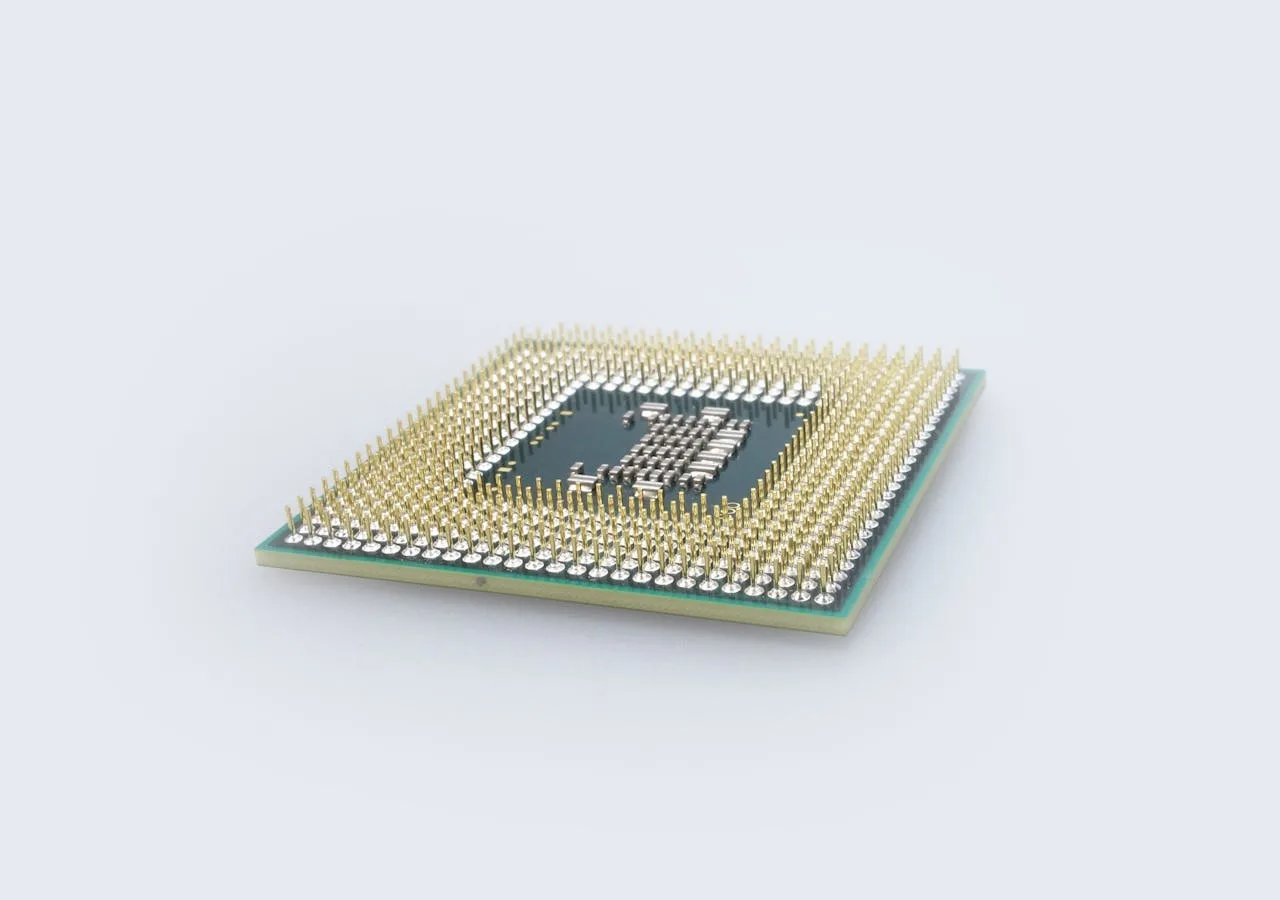NTT Research, Inc., a division of NTT, announced a major breakthrough in photonics: its Physics and Informatics (PHI) Lab, in collaboration with Cornell University and Stanford University, has developed the world’s first programmable nonlinear photonic waveguide. Unlike conventional photonic devices that are limited to a single function, this chip can switch between multiple nonlinear-optical functions on a single platform, opening new horizons for tunable light sources, optical and quantum computing, and advanced communication technologies.
The research was led by Ryotatsu Yanagimoto, under the supervision of Peter L. McMahon, Associate Professor at Cornell University. Their findings, titled “Programmable On-Chip Nonlinear Photonics”, were published online by Nature on October 8, 2025, with print publication scheduled for November 13, 2025.
“These results mark a departure from the conventional paradigm of nonlinear optics, where device functions are permanently fixed during fabrication. This expands applications of nonlinear photonics to situations in which fast device reconfigurability and high yields are not merely convenient but essential,” said Yanagimoto. “For the first time, a path forward has been created to apply nonlinear optics to large-scale optical circuits, reconfigurable quantum frequency conversion, arbitrary optical waveform synthesizers, and widely tunable classical and quantum light sources—all vital for advanced computing and communications infrastructure.”
Breaking the “One Device, One Function” Paradigm
Traditionally, photonic devices follow a fixed-function design, where each optical component performs only one predetermined task. This requires manufacturers to fabricate multiple specialized devices to achieve different functionalities, increasing production complexity, costs, and susceptibility to fabrication errors.
NTT Research’s programmable nonlinear waveguide overcomes this limitation. The device features a silicon nitride core whose optical nonlinearity can be dynamically modulated using structured light patterns. By projecting a specific programming light pattern onto the chip, researchers can create tailored optical nonlinearities, enabling multiple nonlinear-optical functions on a single chip. Functions can be rapidly reconfigured, providing unprecedented versatility.
Using this technology, the team successfully demonstrated:
- Arbitrary pulse shaping for flexible optical signal control.
- Widely tunable second-harmonic generation for adjustable frequency conversion.
- Holographic generation of spatio-spectrally structured light for advanced imaging applications.
- Real-time inverse design of nonlinear-optical functions, robust against fabrication imperfections and environmental fluctuations.
For a detailed overview of the experiments and results, Yanagimoto authored a blog post titled “Demonstrating Programmable, On-Chip Nonlinear Photonics Transcending the One-Device-One-Function Paradigm.”
Implications Across Industries
According to IDTechEx, the photonic-integrated circuit market is projected to surpass $50 billion in revenue by 2035, spanning sectors such as datacom, 5G/6G telecoms, quantum technologies, sensors, and LiDAR. The programmable nonlinear photonic chip developed by NTT Research could address several key challenges in the industry:
1. Cost Reduction
Rather than manufacturing multiple specialized devices, a single programmable chip can perform many optical functions, drastically lowering R&D and production costs.
2. Improved Yields
Post-fabrication programming allows for error correction, ensuring devices meet performance specifications even when minor fabrication imperfections occur. This is critical for large-scale optical circuits, where cumulative yield losses can otherwise limit feasibility.
3. Space and Power Efficiency
Consolidating multiple functions into a single device reduces system footprint, complexity, and power consumption, enabling more compact and efficient photonic systems.
High-Growth Market Applications
The programmable chip holds promise in several rapidly expanding markets:
Quantum Computing:
Programmable quantum frequency converters and tunable quantum light sources could facilitate flexible computational architectures and enhanced quantum networking capabilities.
Telecommunications:
Arbitrary waveform generators and widely tunable light sources can boost 5G/6G infrastructure and optical communication networks, enabling higher data rates and more robust performance.
Advanced Manufacturing and Imaging:
Structured, reconfigurable light sources can improve precision and adaptability in manufacturing processes, microscopy, and imaging systems.
Scientific Instrumentation:
Laboratories and research facilities could benefit from real-time, reconfigurable optical systems, enhancing the functionality of measurement devices and experimental setups.
A Paradigm Shift for Photonics
The introduction of a programmable nonlinear photonic chip represents a major leap forward, demonstrating that nonlinear optics can now be flexible, scalable, and robust. This breakthrough provides a foundation for next-generation optical computing, communications, and sensing technologies, while potentially reducing costs and complexity across the photonics industry.
“This technology creates a new framework for optical devices. By allowing functions to be reprogrammed post-fabrication, we’re moving beyond the limitations of conventional photonic design,” said Yanagimoto. “It’s a step toward large-scale, multifunctional optical circuits that are both efficient and adaptable.”
The collaborative effort between NTT Research, Cornell University, and Stanford University highlights the importance of interdisciplinary approaches, combining materials science, photonics, and computational design to push the boundaries of what optical technology can achieve.
Looking Forward
As photonic technologies continue to evolve, programmable devices such as this chip are expected to play a central role in shaping the future of:
- Quantum information processing
- High-speed optical communications
- Adaptive imaging and sensing platforms
- Next-generation computational hardware
With its ability to switch between multiple nonlinear-optical functions, the NTT Research programmable waveguide sets a new standard for photonic device versatility and performance. By breaking the “one device, one function” model, the team has paved the way for a new era of reconfigurable, multifunctional photonics with applications across research, industry, and technology.
For further details, the full research paper is available in Nature, and a comprehensive experimental analysis can be found in Yanagimoto’s blog post on programmable nonlinear photonics.



